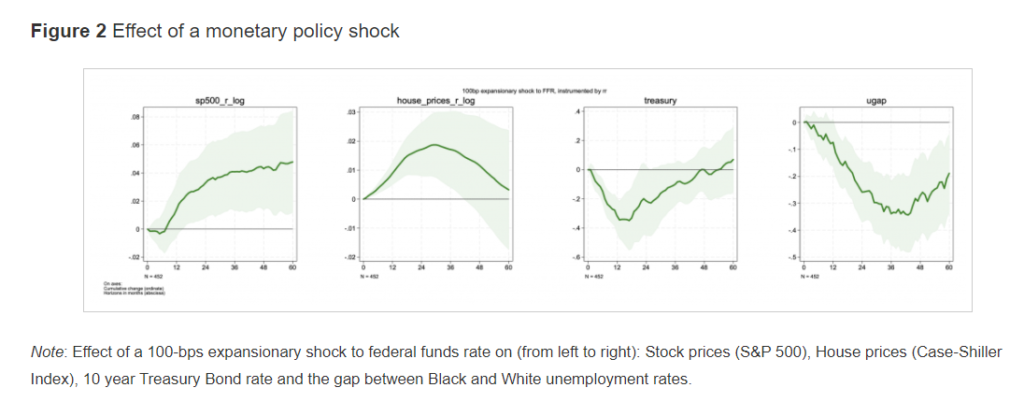Link: http://www.newgeography.com/content/007004-trust-science-the-blue-state-surge-real
Excerpt:
What did make a big difference, it turns out, is not so much the severity of lockdowns but pre-existing conditions. The likely cause here can be best identified as “exposure density” brought on by crowded housing, transit, and office environments.
That helps explain why, after New York City’s suburbs were hit hard in the first wave, the current surge has hit the outer boroughs, where a much higher share of workers have had little choice but to continue taking the subway or other transit.
Nationwide, urban exposure to the pandemic also reflects their greater inequality. Higher rates of poverty and overcrowded housing accentuate the worst effects of the pandemic, which tore through impoverished parts of New York, Houston, Los Angeles County, Chicago’s poor south side, and similar areas. The Bronx, for example, has suffered an 80 percent worse death rate than denser yet wealthier Manhattan, while Brooklyn’s rate is 50 percent worse than Manhattan’s.
Author(s): Joel Kotkin, Wendell Cox
Publication Date: 6 April 2021
Publication Site: New Geography
